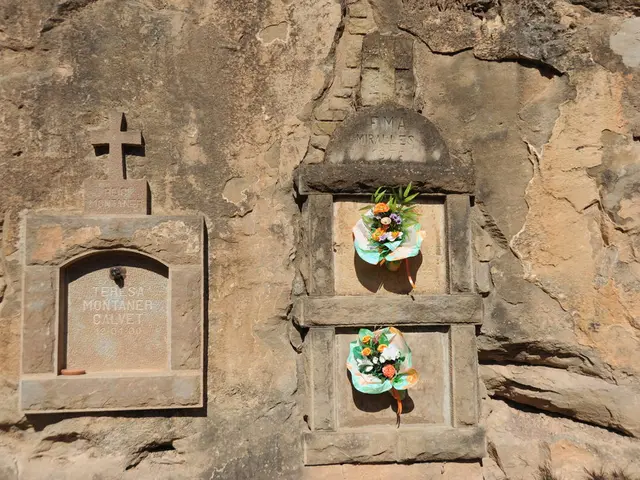End of Daylight Saving Time: Clocks Go Back One Hour Sunday
Daylight saving time (DST) will conclude this Sunday, April 5, 2026, in New South Wales, Victoria, South Australia, the ACT, and Tasmania. Residents in these states will need to turn their clocks back one hour at 2am, marking the end of DST for the year. Meanwhile, Queensland, Western Australia, and the Northern Territory will remain unaffected, continuing with their standard time.
The shift back to standard time will occur at 2am on Sunday, with most digital clocks automatically adjusting. However, analogue clocks will need to be manually updated. Residents in the affected states should remember to change their clocks before heading to bed Saturday night to avoid any confusion Sunday morning.
To mark the end of DST, horologist Andrew Markerink will manually turn the clock's hands forward by an hour at the top of Sydney's Town Hall at 2am on Sunday. This annual tradition signifies the transition back to standard time.
With the end of DST, residents in the affected states will gain an extra hour of sleep Sunday morning. However, those in Queensland, Western Australia, and the Northern Territory will continue with their usual sleep patterns. The next change in daylight saving time will occur in October 2026, when clocks will be moved forward one hour to begin DST again.






